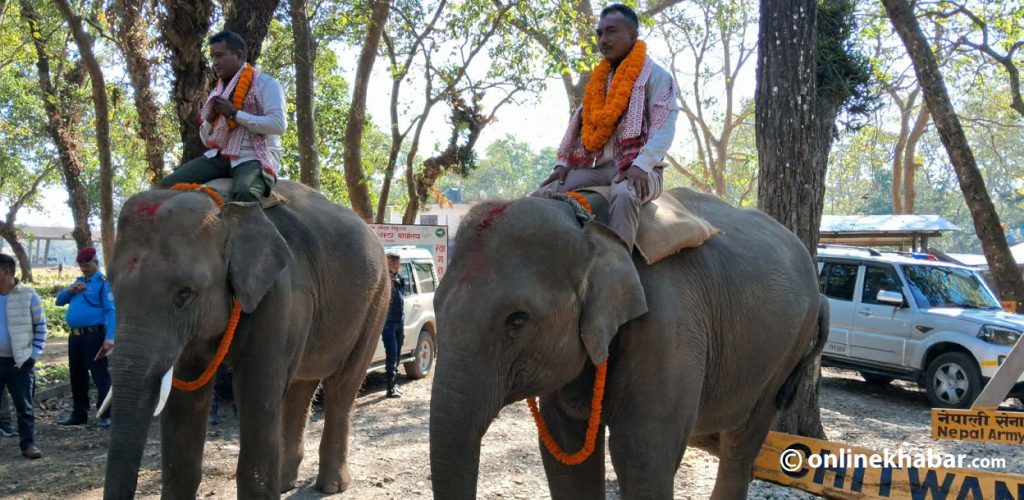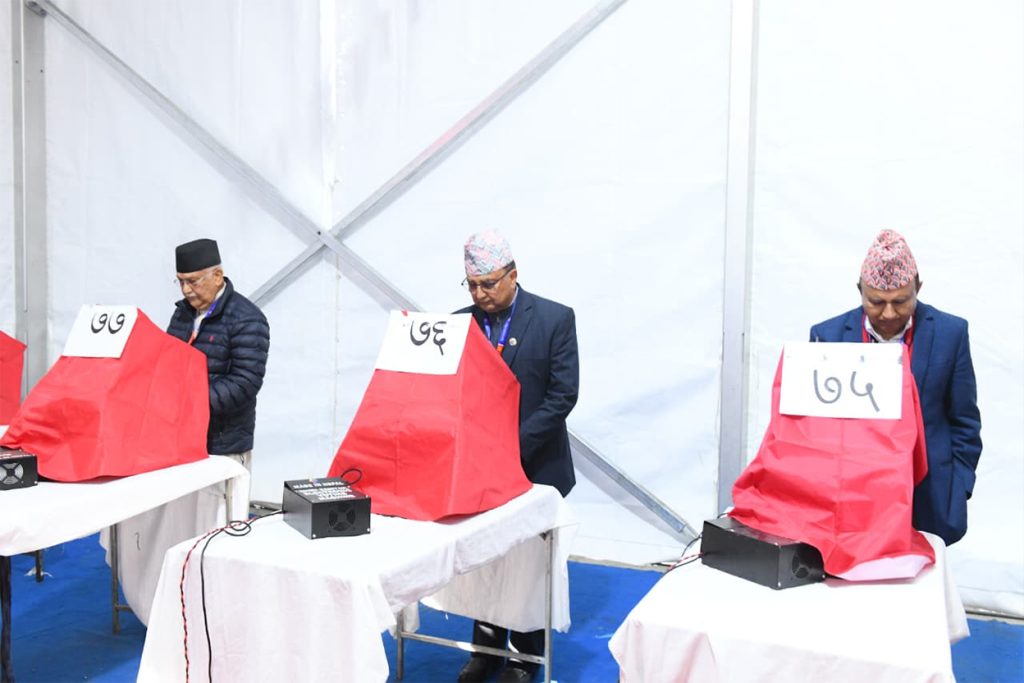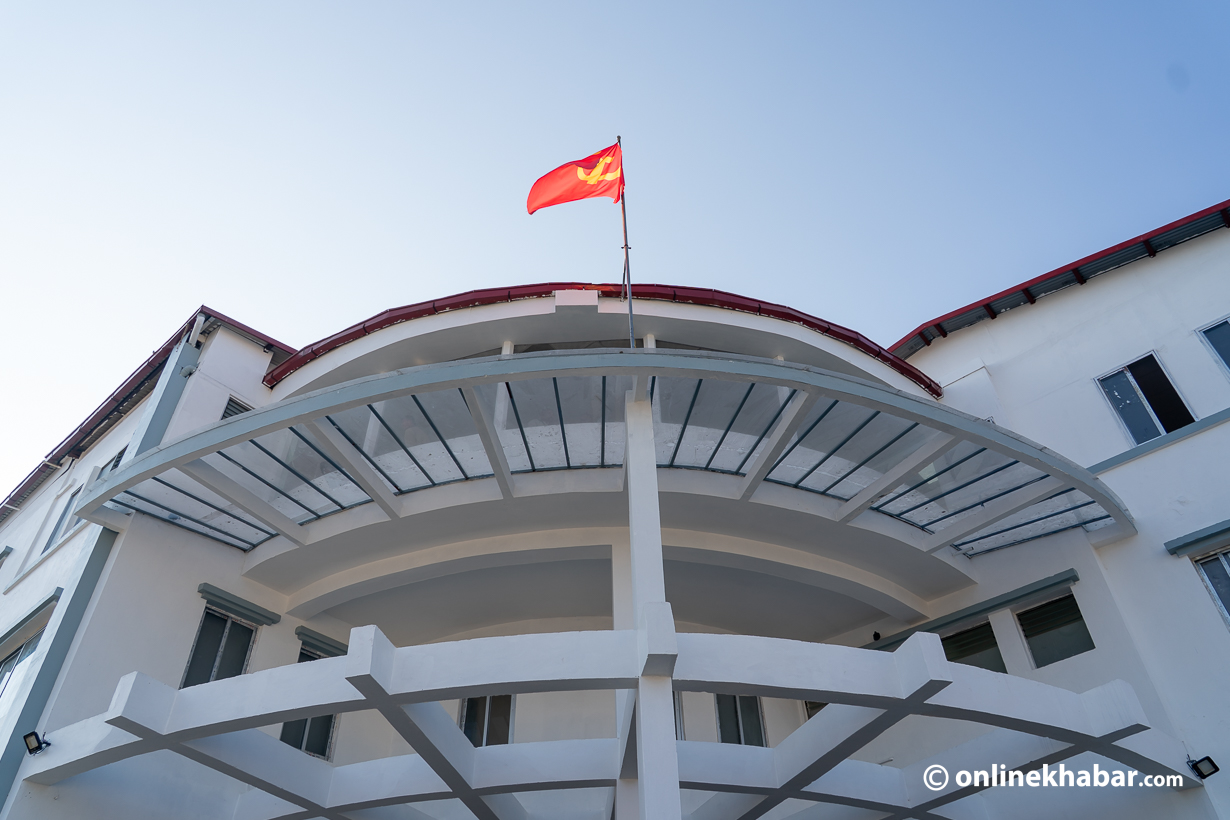
There is no doubt we are living in the Asian Century. There continues to be growth and development across the region, including in Nepal. Australia must position itself to take advantage of this growth.
This was a key focus of the previous Labor Government. We knew that Australians were excited to realise the opportunities that the Asian Century will bring, and still are. This understanding led to a White Paper, Australia in the Asian century, to help ensure Australia capitalises on the opportunities from the economic growth of Asia.
The White Paper was all about understanding the dimensions of change in our region and seizing its opportunities. It concluded that by 2025, Asia will account for almost half the global output, and that the region will also be home to the world’s biggest middle class.
Think of the opportunities this presents for our agriculture and food industries, tourism sector, manufacturing industry and education centres just to name a few. The expanding middle class in countries like Nepal, India, China and Vietnam will want to buy the kind of things and services that we know how to produce and deliver very well.
The White Paper was an ambitious plan, not just a long report with no actions. It set out several key targets for Australia to 2025, to ensure our ability to fulfil our national ambitions and compete effectively within Asia. It included practical actions that could be taken by Australian Governments, businesses and communities.
Sadly, unless you kept a copy when the White Paper was released, you won’t be able to read any of these points now. When the Coalition was elected in 2013 they scrapped the plan, and had it removed from all Government websites.
With so many opportunities flowing from the shift of economic weight to Asia, you would think that the Coalition would have appreciated having a plan ready to go, unfortunately, it seems they disregarded all of Labor’s good work simply out of spite.
It’s not like they don’t pretend to have a similar kind of vision, but at best it’s a poor imitation.
For instance two years ago they set a target to have 40 per cent of high school students studying foreign languages within a decade.

This isn’t a new idea, but it’s a worthy one. As much as English is a global language there are many benefits in studying another language including enhanced brain function and literacy skills, greater awareness of other cultures and more career opportunities after school. Not to mention the benefits of doing business in the region in a native tongue.
But just setting a target misses the point. If foreign languages, especially Asian languages including Nepali, are integral to Australia’s future, then we need to view them as necessary parts of the curriculum, not just as an announcement so that the Coalition can look as though they are serious about engaging with our region.
In New South Wales, 33 per cent of students have a language background other than English, and this rises to over 65 per cent when you focus on Sydney’s western suburbs.
Just as an example, 47 different languages are spoken at Evans High School in Blacktown, and over half the students at the school can already speak a language other than English.
This again demonstrates how we in Australia is uniquely prepared to capitalise on the Asian Century. We already have track record of engagement in the region, and many Australians already have a personal or family connection with people in Asian countries.
I see this every day in my electorate of Greenway, which has a significant Nepali-Australian population. The vibrancy of Nepal and the Nepalese people is remarkable. Their commitment to business, both small and large, the professional focus in fields such as science and engineering as well as their food and music has had an enduring impact on the Australian way of life.
Australia and Nepal share strong cultural, social and economic links and we assist each other in times of crisis and disaster. The Nepalese community is also the fastest growing ethnic community in Australia. They are school students, workers, small business owners and our next generation of community leaders, but despite this, the Nepali community in Australia receives far less recognition than it deserves.
Our Government needs to dramatically increase its focus on building on links with Nepal, and other nations in the region through collaborative projects and initiatives. Broadening and deepening our ties with Asia is a complex task. Australia shouldn’t try and make it up as we go along and just hope that it turns out alright, but that’s what the Coalition Government are doing.
The Asian Century White Paper was one of the great initiatives of the previous Labor Government. There is still so much we can use from this plan to help all of us make the most of the opportunities that arise from Asia’s growth. If only it wasn’t discarded simply because the Coalition can’t come up with anything better.





















